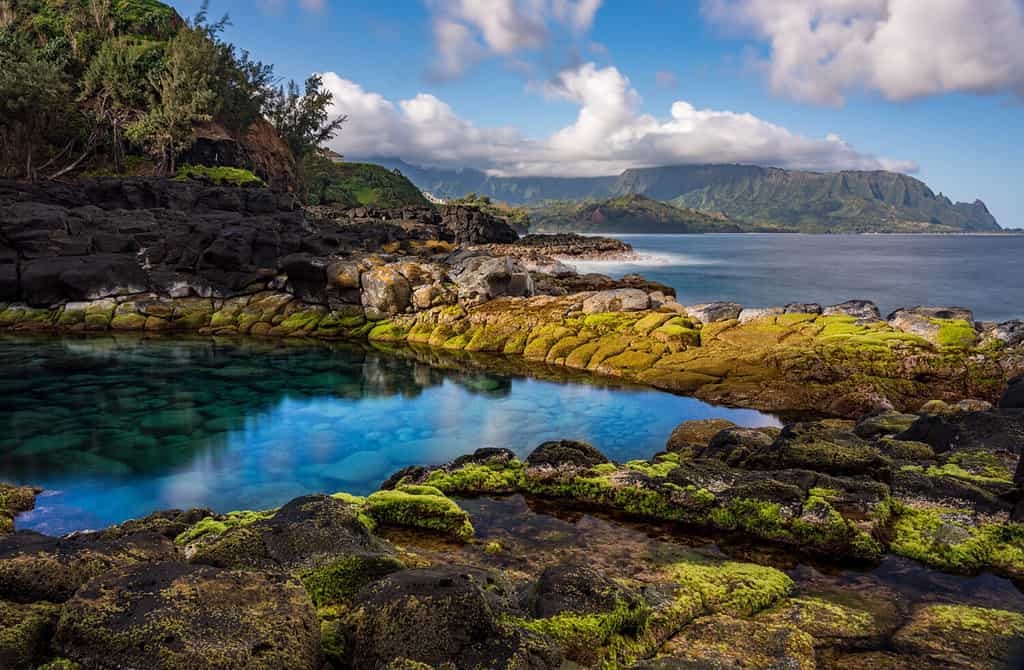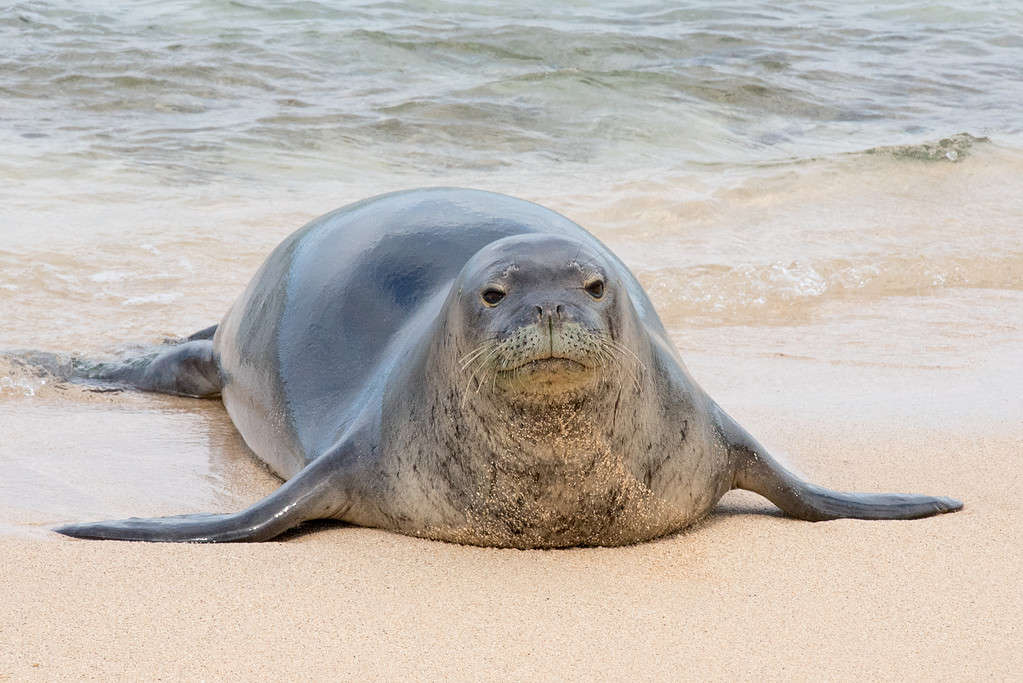Our survival depends on one of humanity’s most valuable resources, water. To make the most of this essential resource, humans have constructed dams throughout the history of mankind. Communities in all parts of the United States, including Hawaii, can rely on dams as a supply of life-sustaining resources.
In terms of significance, dams are on pace with airports, highways, bridges, and other significant infrastructure components in this country. Dams are designed for multiple tasks at once. This includes providing clean, renewable energy via hydropower, flood control, leisure activities, and the supply of water for local, farming, manufacturing, and communal purposes.
Today, we’re going to take a look at the tallest dam in Hawaii – the Alexander Dam.

History of the Alexander Dam
Constructed from 1929 to 1932 on the south side of the Hawaiian island of Kauai, the Alexander Dam is a hydraulic fill earth dam. It is the tallest dam in Hawaii. It was constructed to supply water for McBryde Sugar Company Ltd.
This dam was built to hold 800 million gallons of water in order to water sugarcane crops over Wahiawa Stream Mauka, north of Kalaheo. The embankment that surrounds the dam’s largest dimensions were 125 feet in height, 620 feet in length, and 640 feet in thickness.
580,000 yd3 was the structure’s total volume, which was made up of sustaining shell material and hydraulic fill that was sluiced to the location of the project. The name came from the neighboring Alexander Reservoir.

Hawaii is more popular for its stunning landscape than present-day infrastructure.
©Steve Heap/Shutterstock.com
Wildlife Around Alexander Dam
There’s no denying that Hawaii is a magical place full of beautiful flora and fauna. There are several animals you may find around the Alexander Dam. One can fully expect that multitudes of wild creatures call Kauai their home. They thrive there given the island’s stunning preservation and natural landscape.
Geese, deer, and cattle can safely graze on the island’s undeveloped paths and open areas. The waters off Kauai are just as clear, which allows marine life to survive and thrive.
Whether you’re hiking around the Alexader Reservoir or taking a day trip closer to the coast, here are some of the animals you may find on this island in Hawaii.
Birds

You can find wild chickens just about anywhere on Kauai.
©Larry Porges/Shutterstock.com
Native songbirds, tropical birds, and the iconic flocks of wild chickens that inhabit Kauai. Originally grown and maintained for food in the past, the feral chickens now freely wander the entire island, entertaining visitors with their colorful plumage and loud crowing.
In addition to the wild poultry, Kauai is home to a wide range of other birds, such as the Nene geese, the official bird of Hawaii, and more than 80 distinct kinds of tropical birds, such as forest birds and songbirds, that breed there.
Endangered Animals

Monk seals are rarely aggressive toward humans.
©Lorraine Logan/Shutterstock.com
You should consider yourself fortunate if you see a sea turtle, monk seal, or humpback whale during your stay on Kaua. All three of these animals are listed as endangered species. The Hawaiian hoary bat, another animal found in Kauai, is an endangered species that lives there.
Feral Animals
Along with the numerous endangered and rare species that call this place home, you could also come across some feral animals while trekking or bicycling on the trails around the Alexander Dam.
Several species of deer live on the island, as well as feral cats, canines, goats, cows, and swine. You can also see tame goats and wild boar around the island.
What Would Happen If the Alexander Dam Ever Broke?

There have been nearly 200 dam failures since 2005.
©akslocum/Shutterstock.com
On March 23, 1930, a part of the inner pool that was 60 feet wide abruptly fell about 30 feet and began to flow downstream, dramatically emptying the core pool and growing mass. When this event happened, the embankment only had about 22% more work needed for completion.
In other words, it was 78% complete At the time of the failure, the dam stood 95 feet high. Because of the speed of the failure, the dam’s break led to fatalities. Six employees were killed and two others were hurt on the downstream slope.
Engineers surmised that the downstream shell’s components had adequately solidified to prevent internal drainage. 30 feet of the dam’s core remained nearly vertical following the failure.
The downstream toe of the embankment was reinforced with a 40-foot tall rock buttress, the downstream casing was widened, and tile channels were installed to improve internal drainage. The modified building was finished in December 1932 and is still in use today.
Thankfully, there have been no further problems at the time of writing this piece. The locals benefit greatly from the Alexander Dam, despite a rough start all those years ago. Technology and infrastructure continue to improve to make these types of structures safer.
The photo featured at the top of this post is © Alexandre G. ROSA/Shutterstock.com
Thank you for reading! Have some feedback for us? Contact the AZ Animals editorial team.







